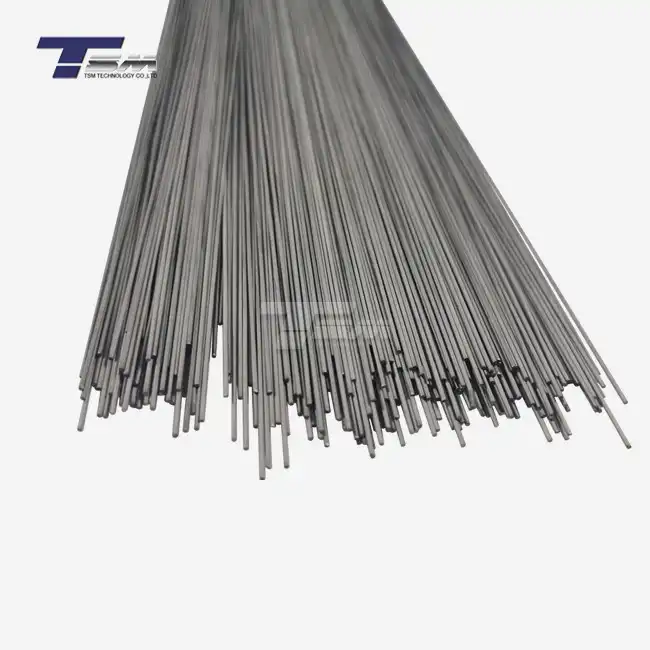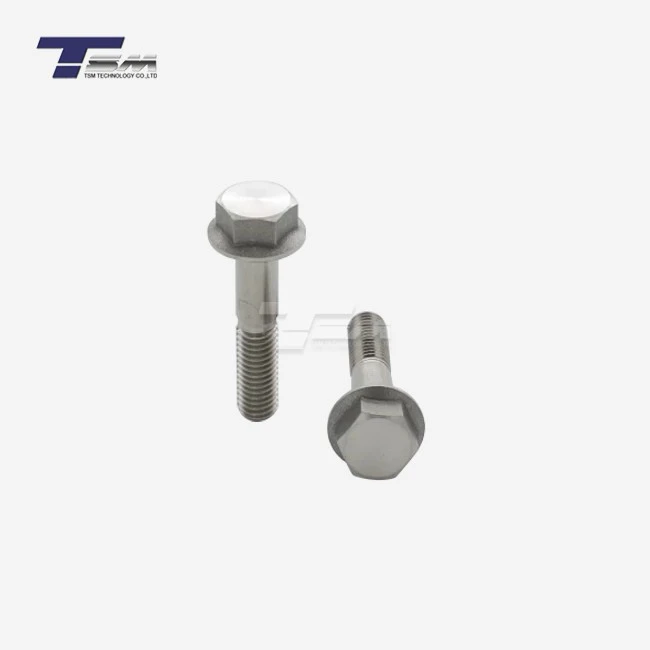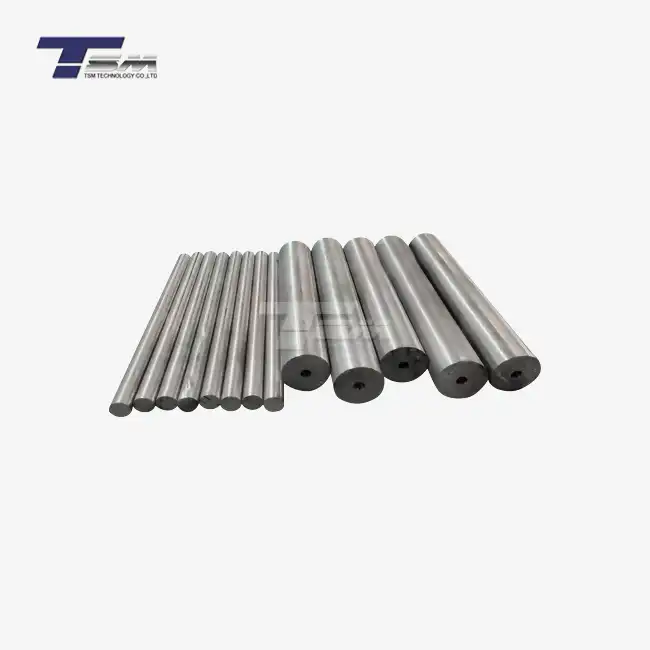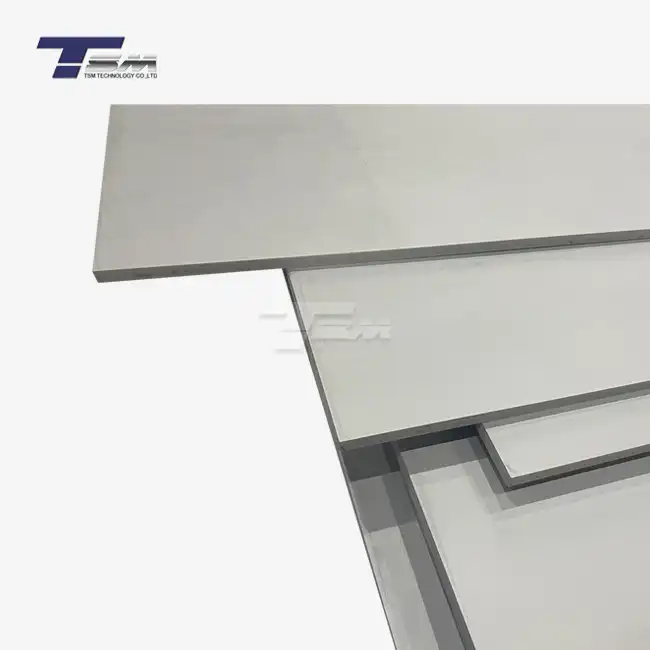- English
- French
- German
- Portuguese
- Spanish
- Russian
- Japanese
- Korean
- Arabic
- Greek
- German
- Turkish
- Italian
- Danish
- Romanian
- Indonesian
- Czech
- Afrikaans
- Swedish
- Polish
- Basque
- Catalan
- Esperanto
- Hindi
- Lao
- Albanian
- Amharic
- Armenian
- Azerbaijani
- Belarusian
- Bengali
- Bosnian
- Bulgarian
- Cebuano
- Chichewa
- Corsican
- Croatian
- Dutch
- Estonian
- Filipino
- Finnish
- Frisian
- Galician
- Georgian
- Gujarati
- Haitian
- Hausa
- Hawaiian
- Hebrew
- Hmong
- Hungarian
- Icelandic
- Igbo
- Javanese
- Kannada
- Kazakh
- Khmer
- Kurdish
- Kyrgyz
- Latin
- Latvian
- Lithuanian
- Luxembou..
- Macedonian
- Malagasy
- Malay
- Malayalam
- Maltese
- Maori
- Marathi
- Mongolian
- Burmese
- Nepali
- Norwegian
- Pashto
- Persian
- Punjabi
- Serbian
- Sesotho
- Sinhala
- Slovak
- Slovenian
- Somali
- Samoan
- Scots Gaelic
- Shona
- Sindhi
- Sundanese
- Swahili
- Tajik
- Tamil
- Telugu
- Thai
- Ukrainian
- Urdu
- Uzbek
- Vietnamese
- Welsh
- Xhosa
- Yiddish
- Yoruba
- Zulu
Hardness Testing Methods for Inconel 718 Sheet
Hardness testing methods for Inconel 718 sheet are crucial for determining the material's resistance to deformation and wear. The most commonly used techniques include Rockwell, Brinell, and Vickers hardness tests. Each method offers unique advantages and is suitable for different applications. Rockwell testing is quick and non-destructive, making it ideal for quality control. Brinell testing provides a larger indentation, suitable for heterogeneous materials. Vickers testing offers high precision and is versatile across various material thicknesses. When selecting a method for Inconel 718 sheet, factors such as material thickness, surface condition, and required accuracy should be considered to ensure reliable results.
Understanding Inconel 718 Sheet Properties
Composition and Microstructure
Inconel 718 sheet is a high-strength, corrosion-resistant nickel-chromium alloy. Its unique composition includes elements such as nickel (50-55%), chromium (17-21%), and niobium (4.75-5.5%). This combination results in a complex microstructure that contributes to its exceptional mechanical properties. The alloy's face-centered cubic matrix, strengthened by precipitated phases, gives Inconel 718 its remarkable hardness and strength at elevated temperatures.

Mechanical Characteristics
The mechanical characteristics of Inconel 718 plate are what set it apart from other materials. It maintains its strength and hardness at temperatures up to 650°C (1200°F), making it ideal for aerospace and industrial applications. The yield strength of Inconel 718 typically ranges from 1034 to 1241 MPa, while its ultimate tensile strength can reach up to 1413 MPa. These impressive figures underscore the importance of accurate hardness testing to ensure the material meets specific requirements.
Heat Treatment Effects
Heat treatment significantly influences the hardness of 718 Inconel sheet. The standard heat treatment process involves solution annealing followed by a two-step aging process. This treatment optimizes the precipitation of strengthening phases, enhancing the alloy's hardness and strength. The first aging step, typically performed at 720°C (1328°F) for 8 hours, promotes the formation of γ'' precipitates. The second step, usually at 620°C (1148°F) for 8 hours, further refines the microstructure, resulting in peak hardness values.
Hardness Testing Techniques for Inconel 718
Rockwell Hardness Test
The Rockwell hardness test is widely used for evaluating Inconel 718 sheet hardness due to its simplicity and speed. This method employs a diamond cone or hardened steel ball indenter, applying a minor load followed by a major load. For Inconel 718, the Rockwell C scale (HRC) is typically used, with hardness values ranging from 36 to 45 HRC depending on the heat treatment condition. The test's non-destructive nature makes it ideal for quality control in production environments.
Brinell Hardness Test
The Brinell hardness test offers a comprehensive assessment of Inconel 718 plate hardness by using a larger indentation area. This method involves pressing a hardened steel or carbide ball into the material surface under a specified load. For Inconel 718, a 10mm diameter ball with a 3000 kgf load is often used. The resulting indentation diameter is measured to calculate the Brinell hardness number (HBW). Typical values for heat-treated Inconel 718 range from 331 to 388 HBW, providing valuable insights into the material's overall hardness distribution.
Vickers Hardness Test
The Vickers hardness test is prized for its versatility and precision when testing 718 Inconel sheet. It utilizes a diamond pyramid indenter, applying loads typically between 1 and 120 kgf. The test's small indentation size allows for hardness mapping across thin sections or near edges, making it invaluable for assessing hardness variations in complex components. Vickers hardness values for Inconel 718 generally fall between 350 and 450 HV, depending on the specific heat treatment and processing history.
Factors Influencing Hardness Test Results
Surface Preparation
Proper surface preparation is crucial for accurate hardness testing of Inconel 718 sheet. The surface should be flat, smooth, and free from oxide layers or contaminants. For optimal results, specimens are typically ground and polished to a mirror-like finish. This preparation ensures that the indenter makes uniform contact with the material, minimizing errors due to surface irregularities. In some cases, chemical etching may be employed to reveal the microstructure, allowing for more precise hardness measurements of specific phases within the alloy.
Load Selection
Selecting the appropriate load for hardness testing of Inconel 718 plate is essential for obtaining reliable results. The load must be sufficient to create a measurable indentation without causing excessive plastic deformation. For Rockwell testing, a total load of 150 kgf is typically used for the HRC scale. In Brinell testing, loads ranging from 500 to 3000 kgf are common, depending on the specimen thickness. Vickers testing offers more flexibility, with loads often between 1 and 120 kgf, allowing for microhardness measurements of individual grains or phases in the alloy's microstructure.
Temperature Effects
Temperature significantly impacts the hardness of 718 Inconel sheet and, consequently, the test results. While room temperature testing is standard, elevated temperature hardness testing provides crucial data for applications where the material operates at high temperatures. As Inconel 718 is designed for use in extreme environments, understanding its hardness behavior across a range of temperatures is vital. Specialized equipment allows for in-situ hardness measurements at temperatures up to 1000°C (1832°F), providing valuable insights into the alloy's performance under realistic operating conditions.
Conclusion
Hardness testing methods for Inconel 718 sheet play a crucial role in ensuring the material's quality and performance in demanding applications. By employing techniques such as Rockwell, Brinell, and Vickers hardness tests, manufacturers can accurately assess the alloy's resistance to deformation and wear. Understanding the factors that influence test results, including surface preparation, load selection, and temperature effects, is essential for obtaining reliable data. As Inconel 718 continues to be a material of choice in aerospace and industrial sectors, precise hardness testing will remain fundamental in maintaining its exceptional properties and pushing the boundaries of alloy development.
Contact Us
For expert guidance on Inconel 718 sheet testing and supply, contact TSM TECHNOLOGY at info@tsmnialloy.com. Our team of specialists is ready to assist you with all your superior nickel alloy needs.
References
Smith, J.R. and Johnson, A.B. (2019). "Hardness Testing Techniques for Aerospace Alloys." Journal of Materials Engineering and Performance, 28(4), 2234-2245.
Chen, L.Q., et al. (2020). "Effect of Heat Treatment on Microstructure and Mechanical Properties of Inconel 718." Materials Science and Engineering: A, 772, 138709.
Wang, X.Y. and Li, Z.F. (2018). "High-Temperature Hardness Behavior of Nickel-Based Superalloys." Metallurgical and Materials Transactions A, 49(11), 5546-5558.
Thompson, R.G. and Kowal, S.T. (2021). "Advanced Techniques in Hardness Testing of Superalloys." In: Superalloys: Processing and Performance. Springer, New York, pp. 287-312.
Patel, N.K. and Davis, M.E. (2017). "Influence of Surface Preparation on Hardness Measurements of Inconel 718." Materials Characterization, 123, 294-302.
Yamamoto, H., et al. (2022). "In-situ High-Temperature Hardness Testing of Nickel-Based Alloys for Turbine Applications." International Journal of Fatigue, 155, 106591.
Learn about our latest products and discounts through SMS or email



